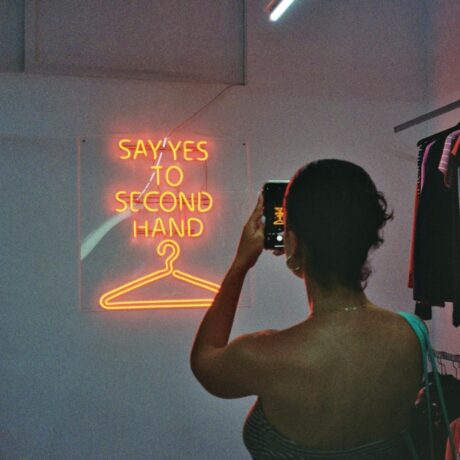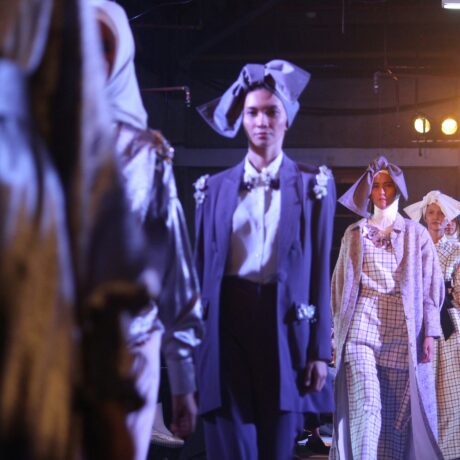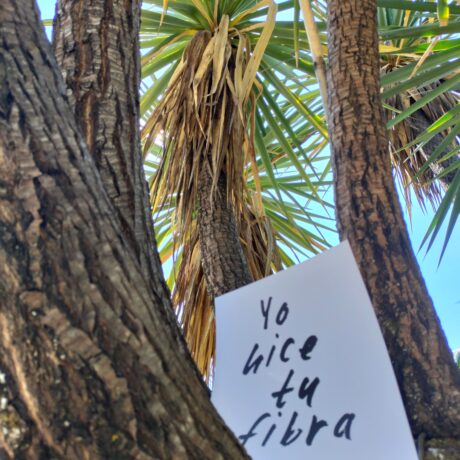Reevaluate Your Shopping Habits
I am sure that you have a closet overflowing with clothing. Chances are you might even have items that still have the swing tickets attached. Have you ever looked at the care label to see where your clothing was manufactured? Fast fashion isn’t going anywhere anytime soon. In fact fast fashion was created for this simple reason: to get us buying more and more and without much thought into where these garments are made.
I am hoping that by the time you finish reading this piece, something would have shifted. For one you will take a look at the care labels of your clothing and find out who is responsible for it and that you will hopefully reevaluate your shopping habits. Fast fashion companies cut corners, they use cheaper fabrics and cheap labor. It is simply exploitation. There is the argument that fast fashion creates jobs but when people are exploited it simply isn’t right.
Cape Town was aflutter recently when H&M (Hennes & Mauritz) opened its first store in South Africa. More stores are planned including Johannesburg’s Sandton City as well as others in Southern, East and West Africa.
It is always great to have brands open stores in our country, least of all when you know that jobs will be created. It is reported that about 600 jobs were created leading up to the opening of the V&A Waterfront and Sandton City stores. Staffers, around 60, were sent to Sweden for training. H&M plans to have as many as 1 500 people employed within the next 12 months.
The buzz continues but there is one fundamental problem with brands like these and it seems very few people know what really happens behind closed doors. In this case, behind the doors of the factories that produce these garments. This lack of knowledge was evident from the social media images from fashion bloggers to local personalities applauding H&M on their opening.
It was not long ago, in fact only two years prior, in April 2013 when the deadliest industrial disaster in the history of clothing manufacturing took place. The collapse of the Rana Plaza building in Bangladesh, claiming the lives of 1 138 of its workers.
Two years after this tragedy, H&M is still behind on correcting the fire and safety hazards in its factories in Bangladesh according to the joint report released by the International Labor Rights Forum, Clean Clothes Campaign, Maquila Solidarity Network, and Workers Rights Consortium. These fire and safety hazards are the working conditions their workers are forced to work under making sure that fast fashion reaches our stores timeously. Repairs, which include installation of fireproof doors and the removal of locking or sliding doors from fire exits are some of the issues that have not been addressed.

These are repairs that affect the staff working in these factories. If not dealt with, it could have disastrous outcomes, like that of April 2013. It appears that more attention is placed on pushing out the orders as opposed to the people who make these garments. Will these factories get away with these hazardous conditions if they were in developed countries? No! Cheap labor is simply that; cheap. Bangladeshi workers who sew for H&M toil in extremely dangerous conditions. So can you really say that their fashion is cheap? Cheap in price definitely but costly on the scale of human lives. Par Darj, the country manager for H&M South Africa described H&M’s merchandise as “democratic fashion” high quality, easy and affordable for people who ordinarily might not be able to buy fashion. How democratic is this model if H&M chose to open their first store at the V&A Waterfront? The only people who benefit from the fast fashion system are the executives who are some of the richest people in the world.
The H&M store in Cape Town is 4700 square meters and is said to be one of their biggest stores in the world. Rumor has it that there might be a section carrying local designers in the near future. Could this be why they are exploring the feasibility of opening a local manufacturing facility? Par Darj said H&M already has a production factory in Ethiopia, opened in 2014. “We will see what is possible in South Africa”. One would hope that the working conditions in this factory are safer than the one in Bangladesh or the potential of a factory opening in South Africa will not cost anyone their life.
Are South African malls in the future only going to comprise of top international brands? The likes of Burberry, Forever 21, Top Shop, Zara etc. It could be, unless you reevaluate your shopping habits.
The True Cost film will make you rethink your fast fashion addiction. I can’t help but think of the interview with Shima Akter, a 23-year-old Bangladeshi garment worker who was beaten by her factory supervisors for organizing and leading a workers’ union in the hopes to get better working conditions ‘I don’t want anyone wearing anything which is produced by our blood.’
I encourage you to watch The True Cost to understand just where your clothing comes from and the price others are paying for it.
Who Makes Our Clothing? | Livia Firth | The True Cost










